42 climate and climate change worksheet
› sr15 › chapterChapter 3 — Global Warming of 1.5 ºC - IPCC This chapter builds on findings of AR5 and assesses new scientific evidence of changes in the climate system and the associated impacts on natural and human systems, with a specific focus on the magnitude and pattern of risks linked for global warming of 1.5°C above temperatures in the pre-industrial period. › climateClimate | Union of Concerned Scientists But change is still possible. Science suggests that we can avoid the worst impacts of climate change if we limit warming to under 2ºC. To do so, we need a much cleaner economy by mid-century or sooner. Fossil fuel companies need to stop preventing climate action. And leaders in the United States need to act. You can help.
nap.nationalacademies.org › read › 131657 Dimension 3: Disciplinary Core Ideas - Earth and Space ... Global climate change, shown to be driven by both natural phenomena and by human activities, could have large consequences for all of Earth’s surface systems, including the biosphere (see ESS3.C for a general discussion of climate). Humans are now so numerous and resource dependent that their activities affect every part of the environment ...

Climate and climate change worksheet
› news-features › understandingClimate Change: Atmospheric Carbon Dioxide Jun 23, 2022 · Why carbon dioxide matters. Carbon dioxide is Earth’s most important greenhouse gas: a gas that absorbs and radiates heat.Unlike oxygen or nitrogen (which make up most of our atmosphere), greenhouse gases absorb heat radiating from the Earth’s surface and re-release it in all directions—including back toward Earth’s surface. › climate-policy-dashboardCalifornia Climate Policy Dashboard - Berkeley Law California Climate Policies: Greenhouse Gas Emission Reduction. Senate Bill 32 (Pavley, 2016) Assembly Bill 32 (Nunez, 2006) Landmark legislation requiring California to reduce its overall greenhouse gas emissions to 1990 levels by 2020 and 40% below 1990 levels by 2030, and appointing CARB to develop policies (ultimately including the state’s cap-and-trade program) to achieve this goal. › us-climate-normalsU.S. Climate Normals | National Centers for Environmental ... The U.S. Climate Normals are a large suite of data products that provide information about typical climate conditions for thousands of locations across the United States. Normals act both as a ruler to compare today’s weather and tomorrow’s forecast, and as a predictor of conditions in the near future. The official normals are calculated for a uniform 30 year period, and consist of annual ...
Climate and climate change worksheet. › features › CarbonCycleThe Carbon Cycle - NASA In Earth’s past, the carbon cycle has changed in response to climate change. Variations in Earth’s orbit alter the amount of energy Earth receives from the Sun and leads to a cycle of ice ages and warm periods like Earth’s current climate. (See Milutin Milankovitch. › us-climate-normalsU.S. Climate Normals | National Centers for Environmental ... The U.S. Climate Normals are a large suite of data products that provide information about typical climate conditions for thousands of locations across the United States. Normals act both as a ruler to compare today’s weather and tomorrow’s forecast, and as a predictor of conditions in the near future. The official normals are calculated for a uniform 30 year period, and consist of annual ... › climate-policy-dashboardCalifornia Climate Policy Dashboard - Berkeley Law California Climate Policies: Greenhouse Gas Emission Reduction. Senate Bill 32 (Pavley, 2016) Assembly Bill 32 (Nunez, 2006) Landmark legislation requiring California to reduce its overall greenhouse gas emissions to 1990 levels by 2020 and 40% below 1990 levels by 2030, and appointing CARB to develop policies (ultimately including the state’s cap-and-trade program) to achieve this goal. › news-features › understandingClimate Change: Atmospheric Carbon Dioxide Jun 23, 2022 · Why carbon dioxide matters. Carbon dioxide is Earth’s most important greenhouse gas: a gas that absorbs and radiates heat.Unlike oxygen or nitrogen (which make up most of our atmosphere), greenhouse gases absorb heat radiating from the Earth’s surface and re-release it in all directions—including back toward Earth’s surface.


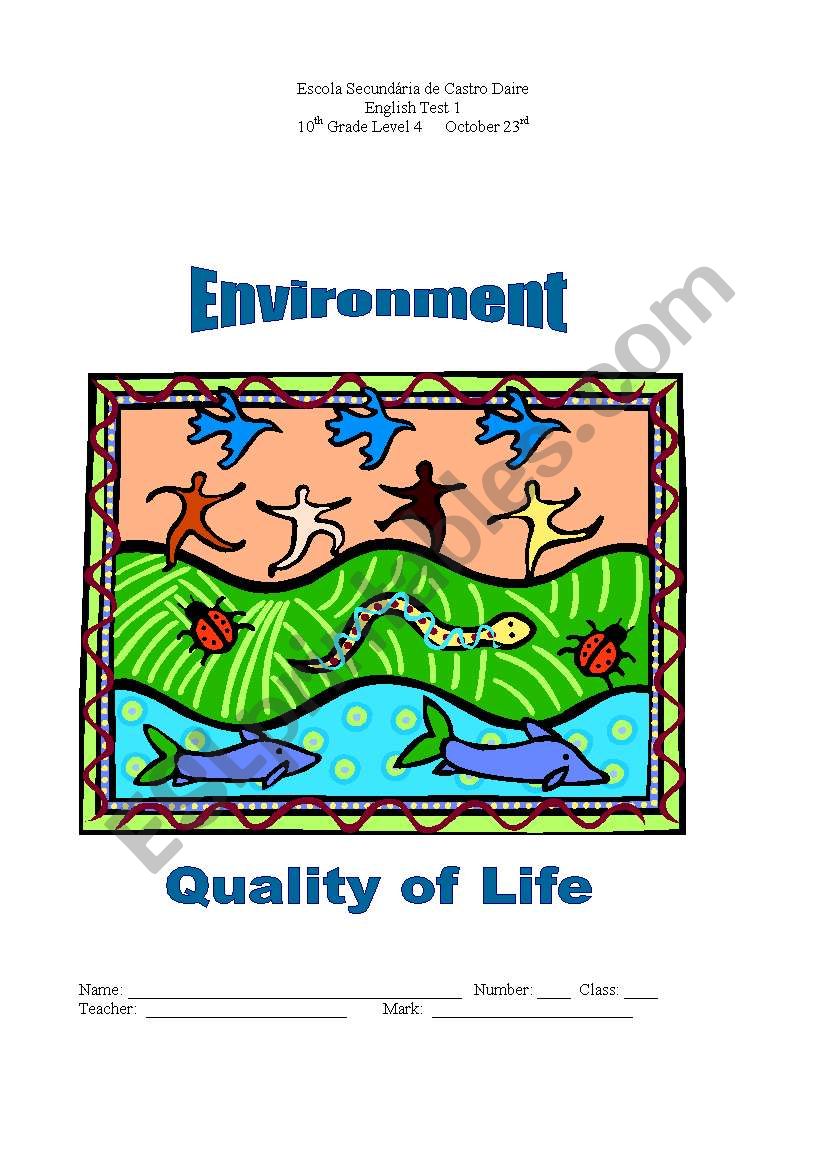
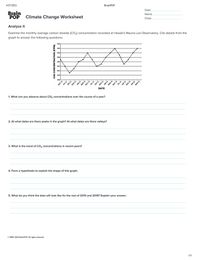

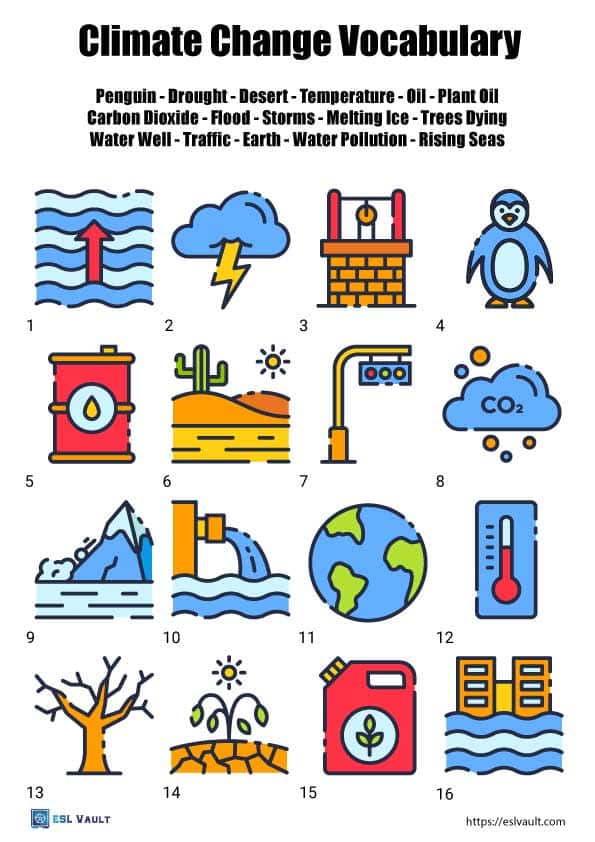



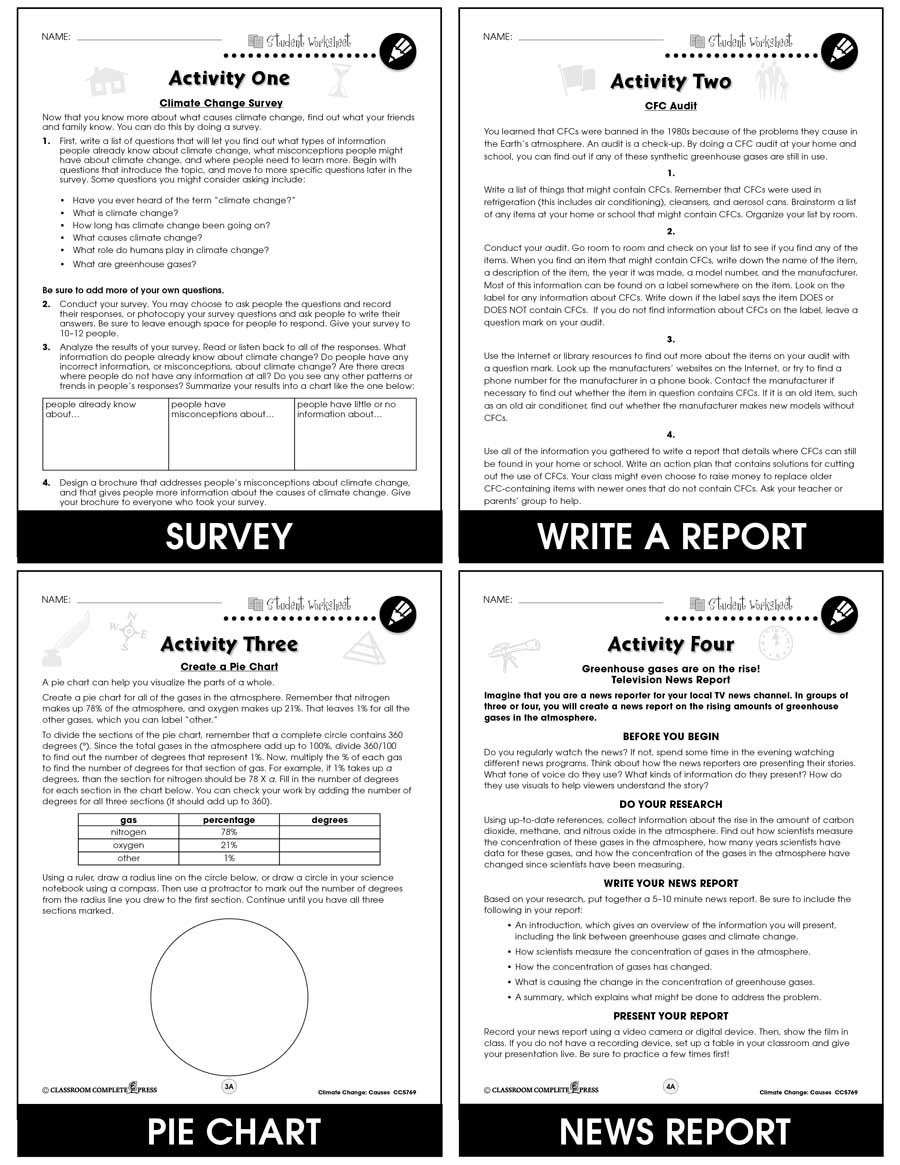


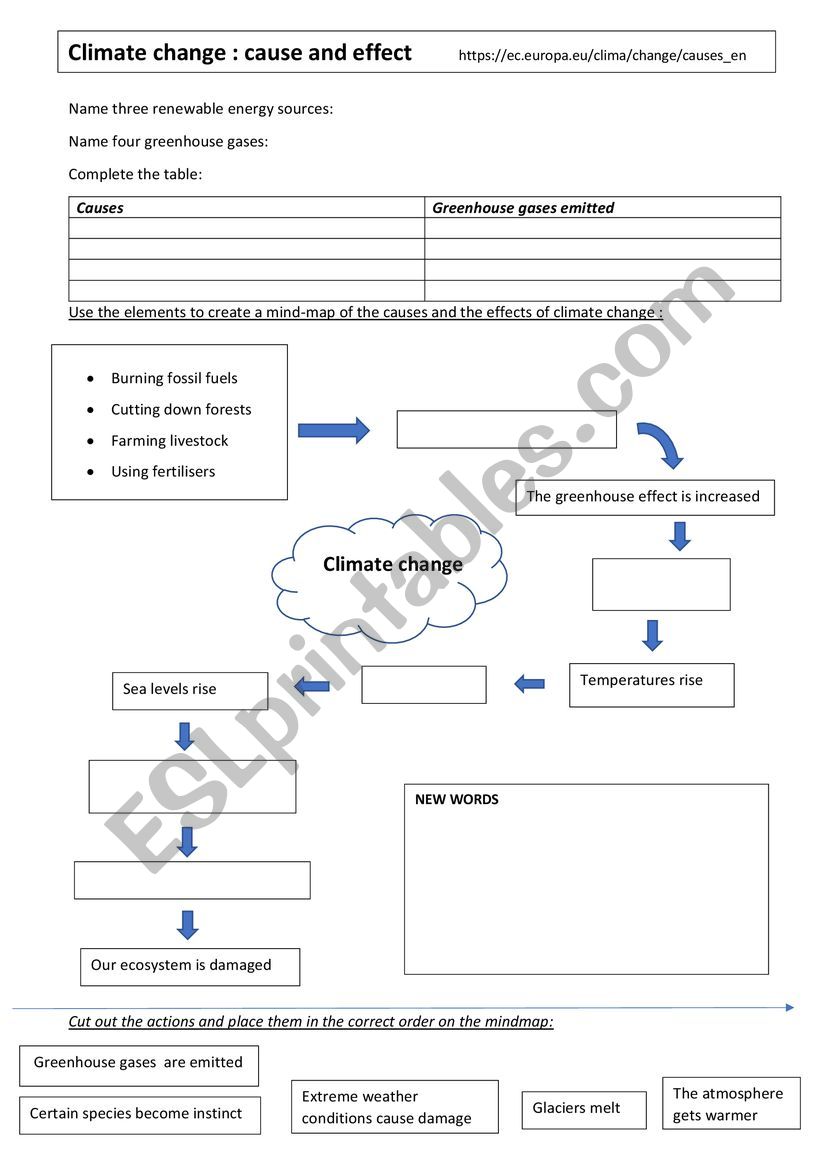
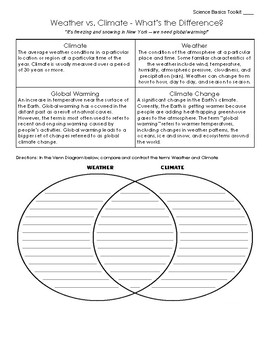



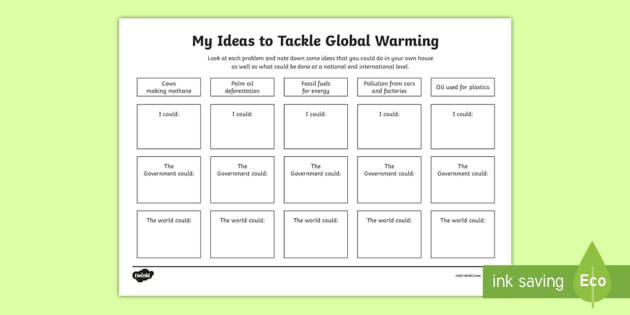



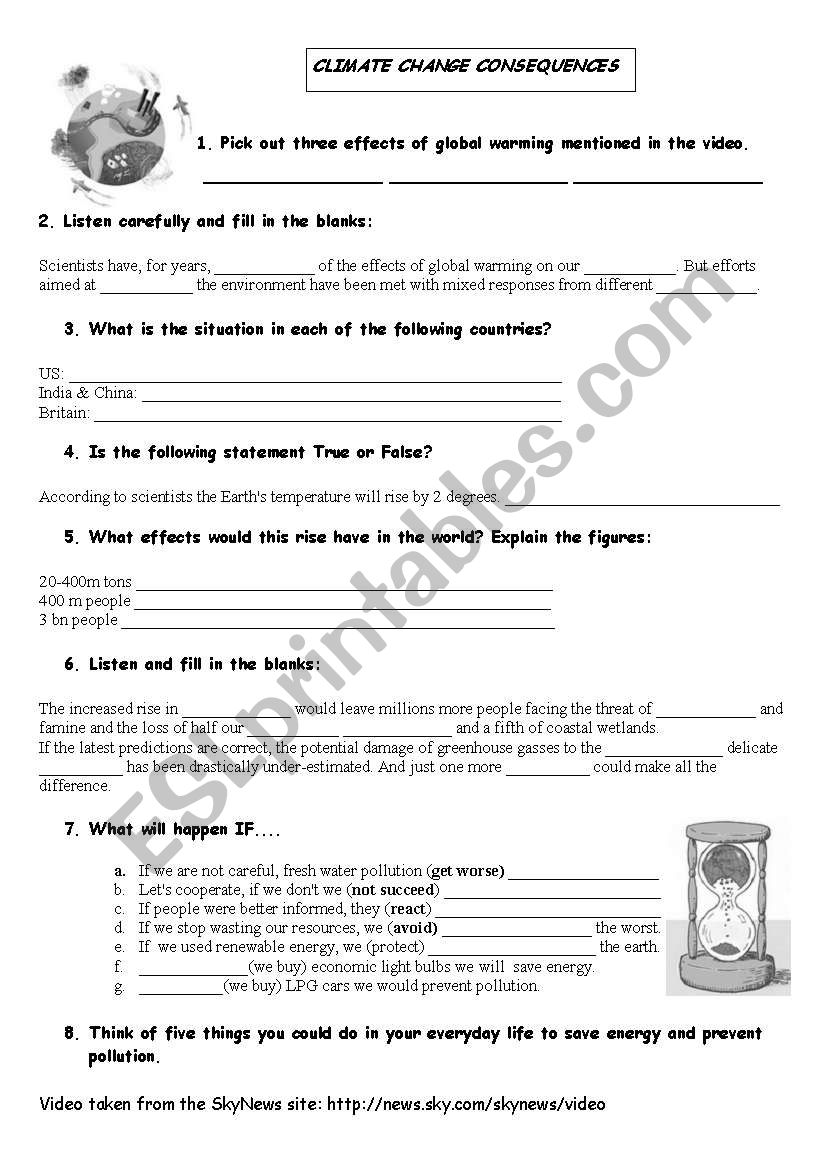

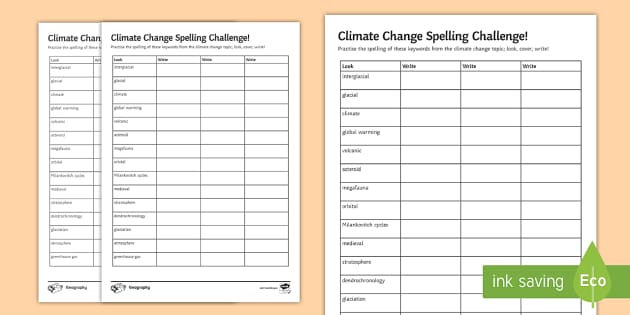
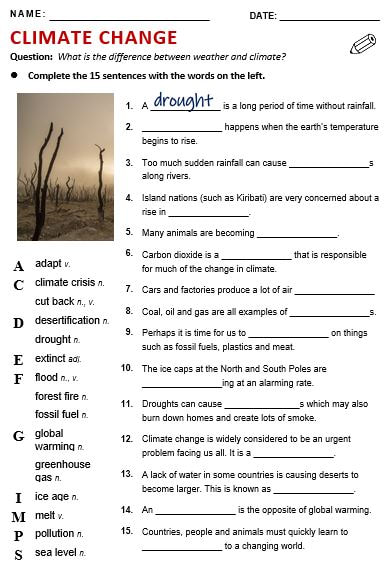





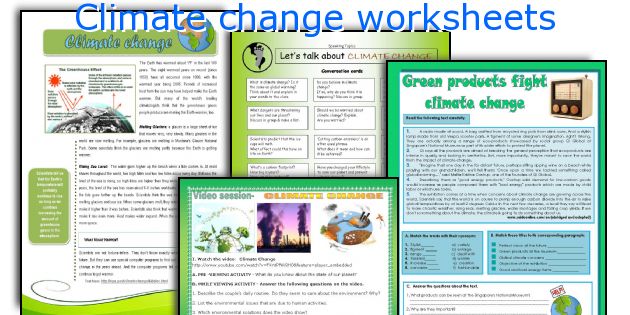

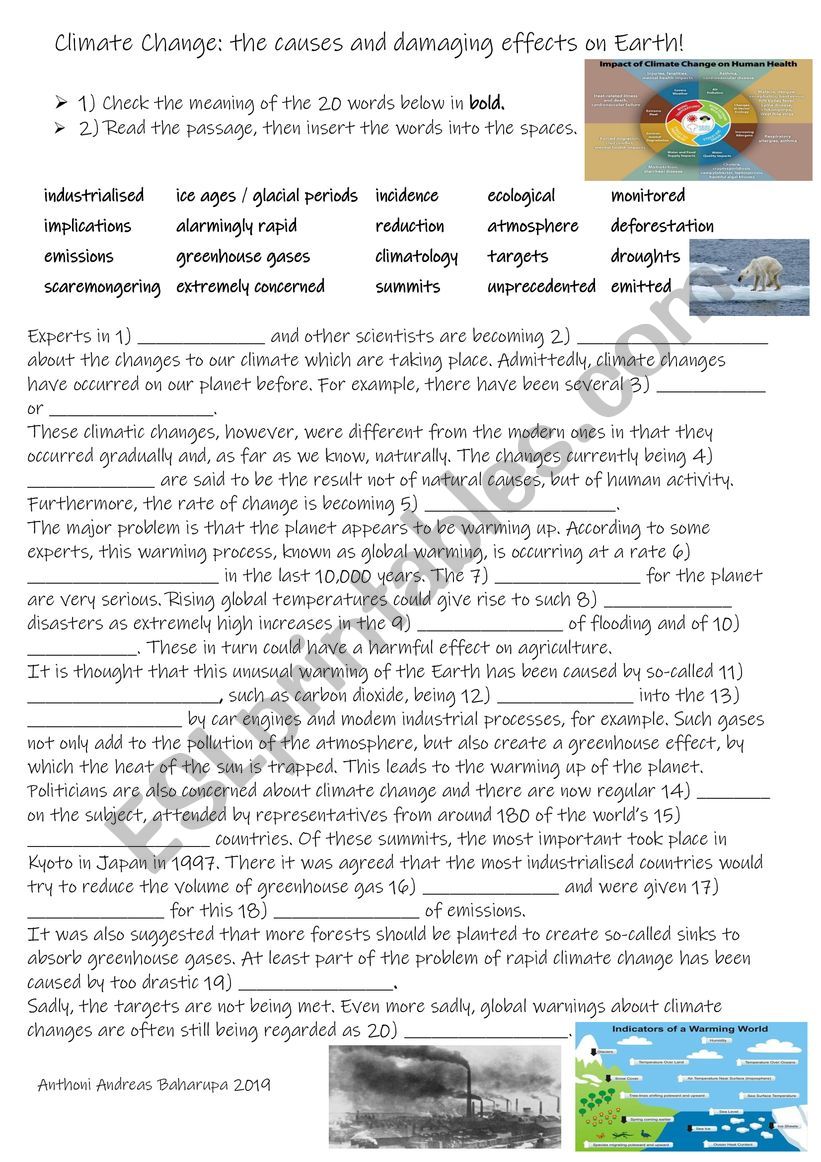

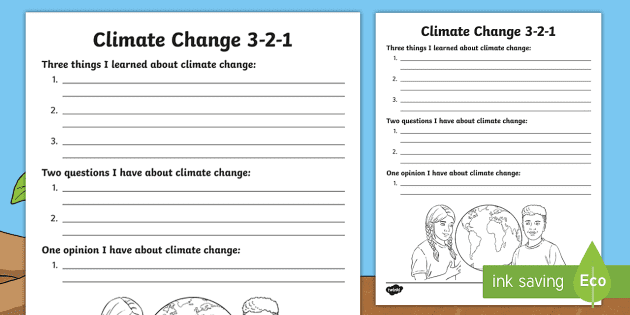

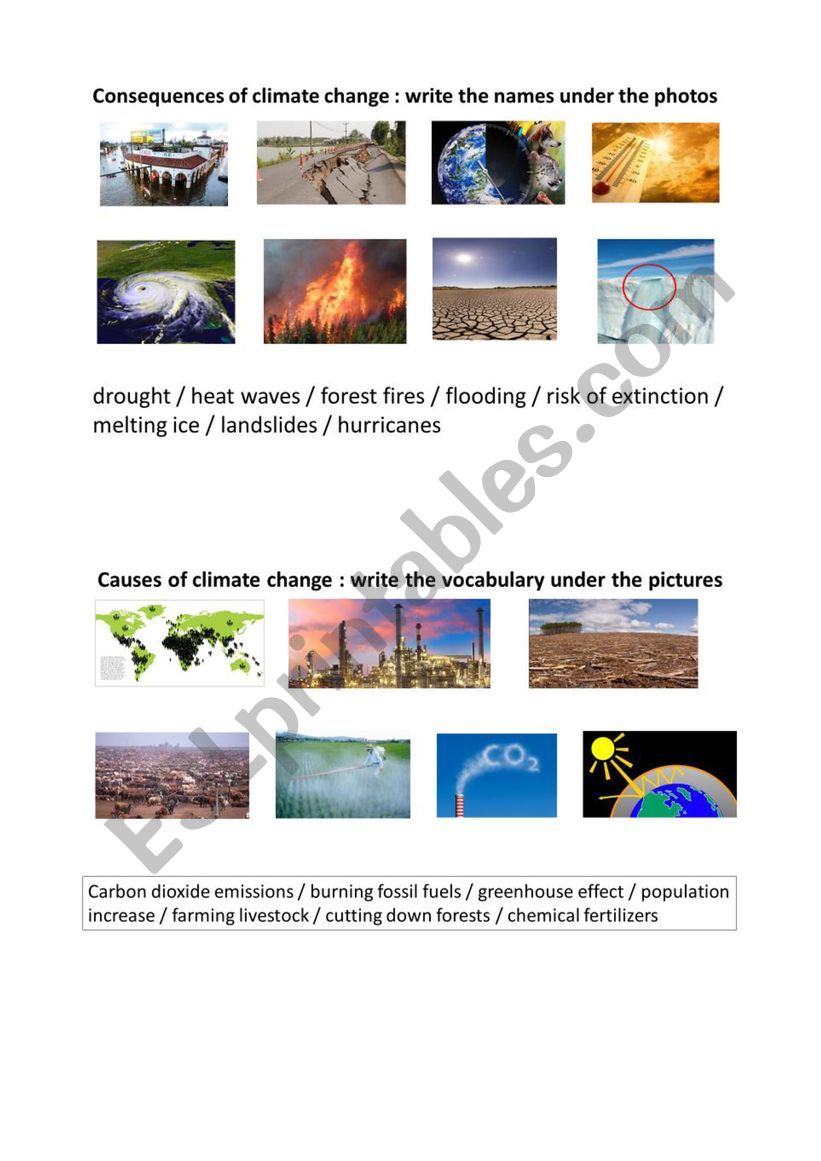


0 Response to "42 climate and climate change worksheet"
Post a Comment